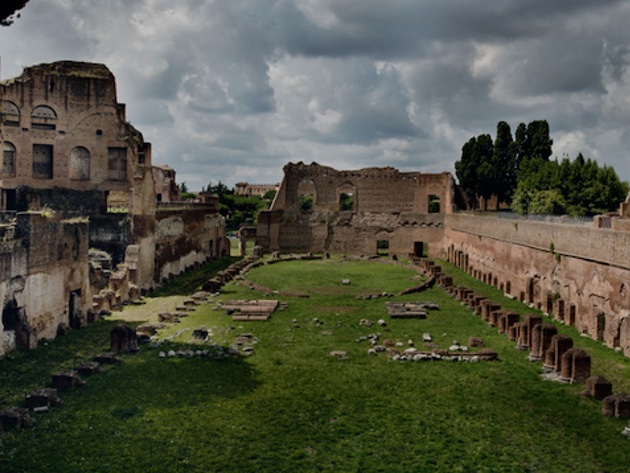
The area, which occupies the eastern side of the imperial palace built on the Palatine Hill, constituted the personal stadium of the emperor Domitian and was built by him between 81 and 92 AD.
Excavated towards the end of the 19th century, it is a circus-shaped building, with an elongated rectangular plan of approximately 160 x 48 metres, with the south-western side curved and surrounded on three sides by a portico with three floors and equipped on the eastern one of an enormous exedra with a canopy roof. Leaning against the Domus Flavia-Augustana, it occupied its entire eastern side.
More than a real stadium, the building had the function of a viridarium, that is, a garden and a riding place for the imperial court, as we also know from the description of the villas left to us by Plinius the Younger, often equipped with private "hippodromes", gardens in the shape of circuses, also used for riding; many sculptures were found in the area and are now exhibited at the Palatine Museum.
The stadium was restored several times over the centuries: in the Hadrian age (2nd century AD) and subsequently by Septimius Severus (at the beginning of the 3rd century), who completely transformed its decorative structure.
Photo credits: courtesy of Colosseum Archaeological Park
Information
 Condividi
Condividi
Locations
To find out about all accessibility services, visit the Rome accessible section.











































